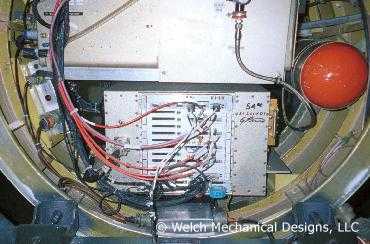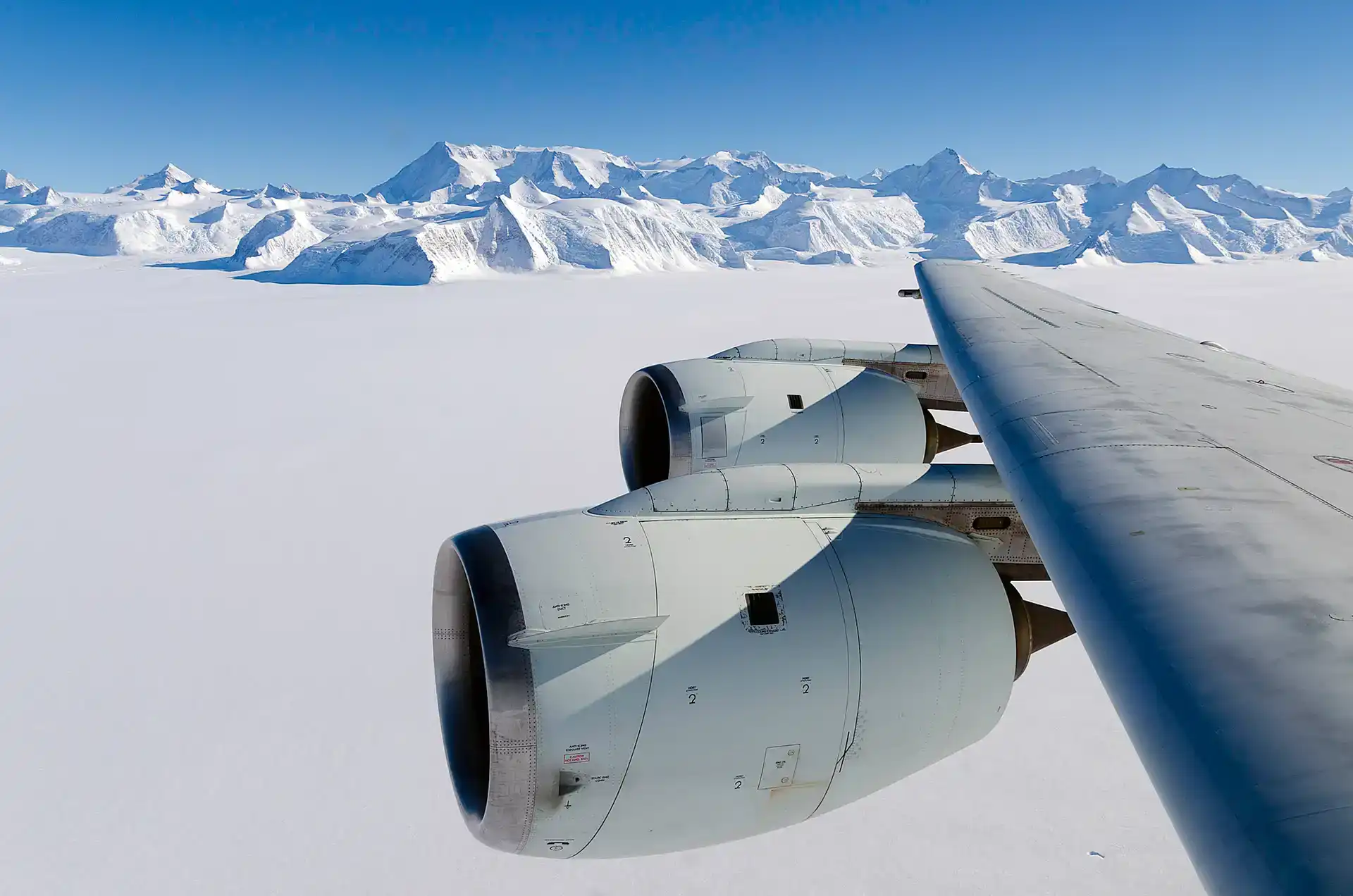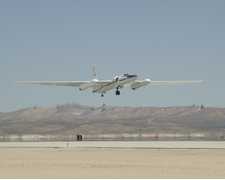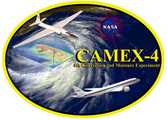The ER-2 Doppler Radar (EDOP) is an airborne X-band radar designed to operate on the nose of the ER-2 aircraft. It measures radar reflectivity, Doppler velocity, and spectrum width to characterize precipitation systems. EDOP operates at a 9.6 GHz frequency and provides data at a rate of 2 Hz. It has a typical gate spacing of 75 m and a beamwidth of 2.9 degrees. EDOP has been replaced by the EXRAD radar.


Instrument Details
- Radar
- Earth Science > Spectral/engineering > Radar > Doppler VelocityEarth Science > Spectral/engineering > Radar > Radar ReflectivityEarth Science > Spectral/engineering > Radar > Spectrum Width
- Full Column Profile
- 2 Hz
- 37.5m, 75m, 150m
- 9.6 GHz
- https://doi.org/10.1175/1520-0426(1996)013%3C0795:TERSOT%3E2.0.CO;2
Gerald Heymsfield
Gerald Heymsfield
GSFC
NASA
Filter data products from this instrument by specific campaigns, platforms, or formats.
CAMPAIGNS
PLATFORMS
FORMATS







